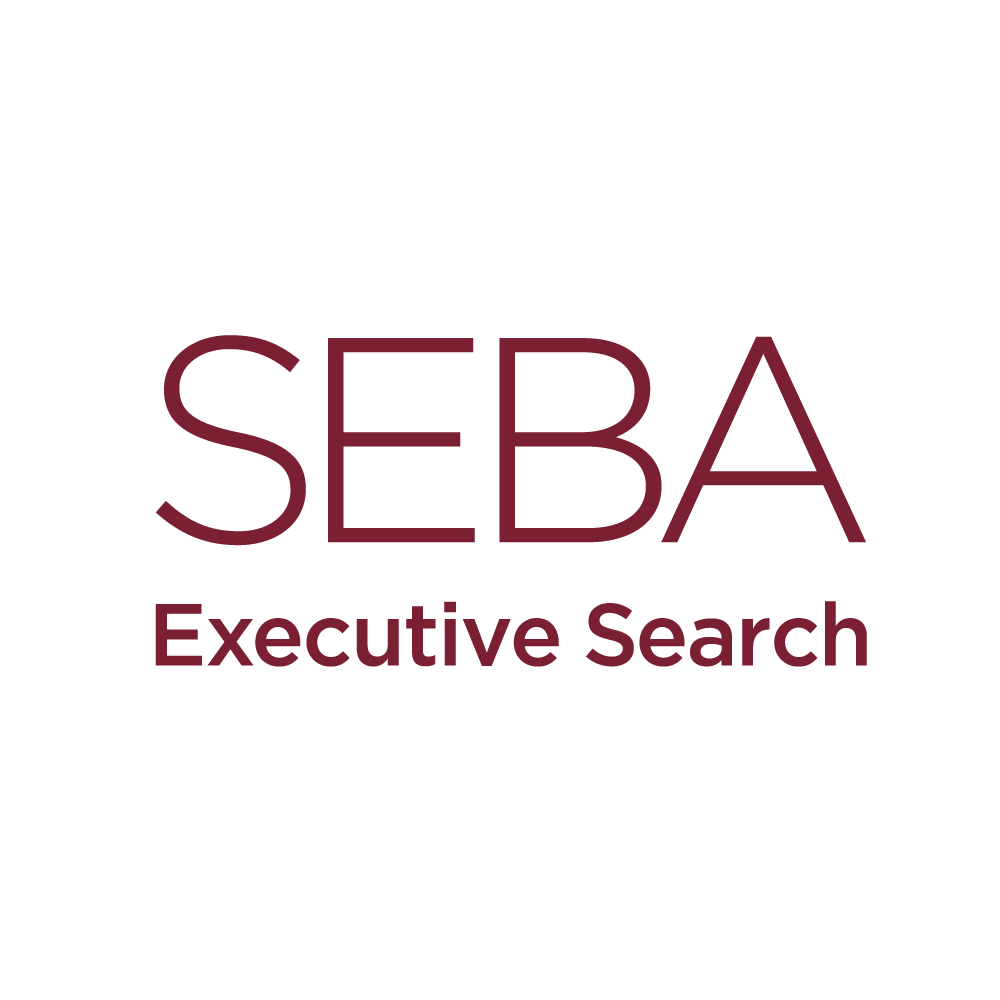From CRO to CxO: From Risk Management to General Management
As the field of Risk Management has developed over the past 20 years and focusing on a subset of specialties has become the norm, risk professionals are increasingly driven to deepen their practitioner experience, creating a relatively new domain of subject matter experts (SME). At the same time, a move to bring an awareness of ‘risk culture’ to the front office has pervaded the market – especially in the years since the Great Recession – prompting business leaders of all capacities to think more like risk managers.
Where these currents meet, we’ve noted an increasing number of risk professionals re-assessing their careers – not out of doubt of the value of their field, but rather how they best see their Risk skill set applied in the modern market.
As with all fields, the Risk SME, regardless of specific risk domain, will always be in need. Whether in capital markets of consumer banking, the need for strong quantitative technical skills will be required to drive increasingly sophisticated trading algorithms and decision engines. What comes as a relatively new phenomenon is the move from Risk Management into General Management; that is, from a traditional CRO-track career to COO, CAO, CFO, GM, or CEO capacities. As we’ve seen with increasing numbers of risk leaders, this path can be an expressly viable one, allowing the analytical and detail-oriented risk pedigree to be leveraged to drive healthy growth of businesses and organizations.
We recently had the opportunity to discuss this transition with Mahesh Aditya, former CRO of Visa and current COO (designate) of Santander Holdings USA. Aditya’s career, along with those of a number of others in the past months, including David Suetens of State Street (CRO EMEA to Country Head for Luxembourg) and James Dean of Butler Investment Management (CRO of BlueCrest to COO of Butler), provided additional insight on both how to plan a functionally diverse career path and how to make it a reality.
Aditya began his career in India as a Management Associate with Citi, sharing that the risk space enticed him for its ability to “recognize and deconstruct problems and instill a healthy paranoia – when you’re new, it helps shape your business perspective to default to ‘what should I be asking?’ and to break problems down into component parts.”
By the early/middle stages of his career, Aditya had decided that his goal was to eventually run a P&L of his own, and he made efforts to learn a broad array of front end and back end risk practices, as well as seek out mentors who were outside of the Risk space, particularly those in GM/business capacities. “Risk leaders encouraged my aptitude to evaluate risks as ‘what/if’ scenarios, and to develop the communication skills to share those outcomes in a simple, actionable way to the business. The ‘people skills’ were immensely important,” he shared.
As his career continued and he moved into roles as CRO of Consumer Banking with JPMorgan Chase and CRO of Visa, Aditya redoubled his focus on finding mentors outside the risk space, as he noted that “after 15 to 20 years in Risk, it’s only healthy to explore other functions simply to ensure you’re always learning something new, but that grounding in risk teaches a strong respect for the control functions that I absolutely think we could stand more of in leadership ranks.”
“There will always be opportunity to be an SME, and Risk as a function lends itself to that kind of background, more than most fields” says Aditya, “but just as accountants can become CFO’s and then CEO’s, it’s possible for risk managers to take a similar path. You need to make the decision to actively broaden your experience, do what you haven’t done yet, and see as many businesses, geographies, and circumstances as you can.”
While Aditya’s career is a prime example, there are certainly many paths to take in reaching a General Management position from a background in Risk. As with any opportunity in the professional world, the keys to the top job are to actively seek out early opportunities to broaden your experiences in risk, continually learn more about the business you’re in (or hope to be in), and raise your hand when prospects for diversity of knowledge present themselves.
“There is increasing respect for the control functions in modern financial services, and it’s a great time to evaluate how to get where you want to go.”

